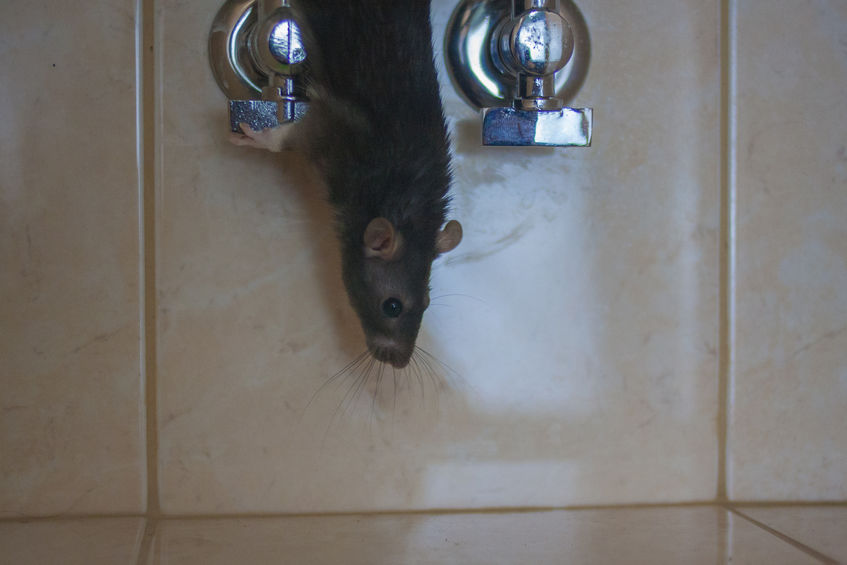Fill out the form below and a Cypress Creek representative will be in touch with you about your pest control needs.
BLOG

Pests Who Love Plumbing
Like most living things, pests need three main things to survive – food, shelter and water. With the colder weather, bugs and rodents will find their way in to your cozy, warm home through cracks in the foundation and gaps in the doors and windows to forage for food. That takes care of the first two. Now, about the water….
Water – and accessibility to it – makes a home more appealing to pests. Although there are a wide variety of reasons why pests are attracted to certain households, one of the most common is plumbing leaks and other related issues. Rodents, bugs and other home invaders can enter your home and find water at any point throughout your plumbing system, whether your garden hose, sewage line, or your bathroom and kitchen faucets.
Which creepy crawlies are most attracted to moisture and water? Here are a few of the most likely ones to watch for:
- Drain Bugs – cockroaches, fruit flies, centipedes, silverfish and drain flies (yes, there’s a species named after the drains!) – love the moist and dark conditions in your home’s water drain. Most drain bugs thrive in moist environments, feed on organic matter like hair and food waste, and lay their eggs in the gunk that collects throughout your plumbing – yuck! Although most pests will typically not live inside water or drain pipes, you can occasionally get an infestation that results in roaches living in certain parts of your drains, especially the trap. It’s designed to keep bugs and sewer gases from entering your home through the drain, but roaches may make it through and it can then become a water source. Roaches will feed on debris such as food particles that wash down the drain and can even cause clogs in the trap once the infestation has taken hold.
- Termites are typically attracted to damp or water-damaged, even rotting, wood. And with a hidden leak, you could allow rotting wood to fester inside the walls of your home without knowing it.
- Sewer rats — which are generally Norway rats — are actually excellent swimmers; certain species can tread water for up to three days and hold their breath for three minutes! When food gets scarce, rats start looking for new places to dine. The sewer offers easy access to your drain pipes and the food in your home. In addition, rats will eat fecal matter if other food sources aren’t readily available. Combine these factors with the fact that rats have hinged ribcages — making it easy for them to access your home through narrow pipelines — and you see how they can end up in the toilet bowl. If you think sewer rats are only a problem in NY, think again. They can be found anywhere with indoor plumbing, as long as the diameter of the drain system is large enough for them to fit through. Although you may be more likely to find a rat in the toilet bowl if you live in a highly populated city, it is a rare occurrence.
To keep your drains bug-free, here are a few tips:
- Seal pipes by caulking cracks or holes in drains inside and outside your home.
- Wrap pipes with insulation to avoid condensation around them.
- Watch out for excess water, especially standing water and leaky faucets. This encourages not only pests, but mold growth, which also attracts pests.
- Check for clogs in shower and tub drains. Hair and dirt clogs make great habitats for pests to thrive.
If you can’t do the work yourself, call a plumber to do the dirty work. And if pests become a problem, call a pest control company to drain pests out of your life!

